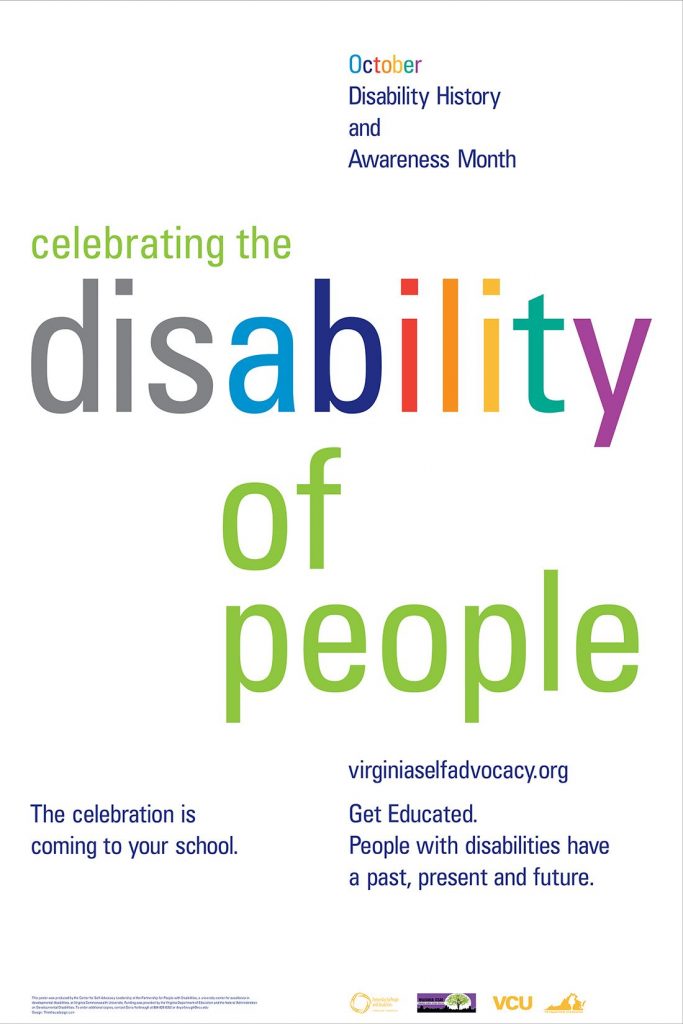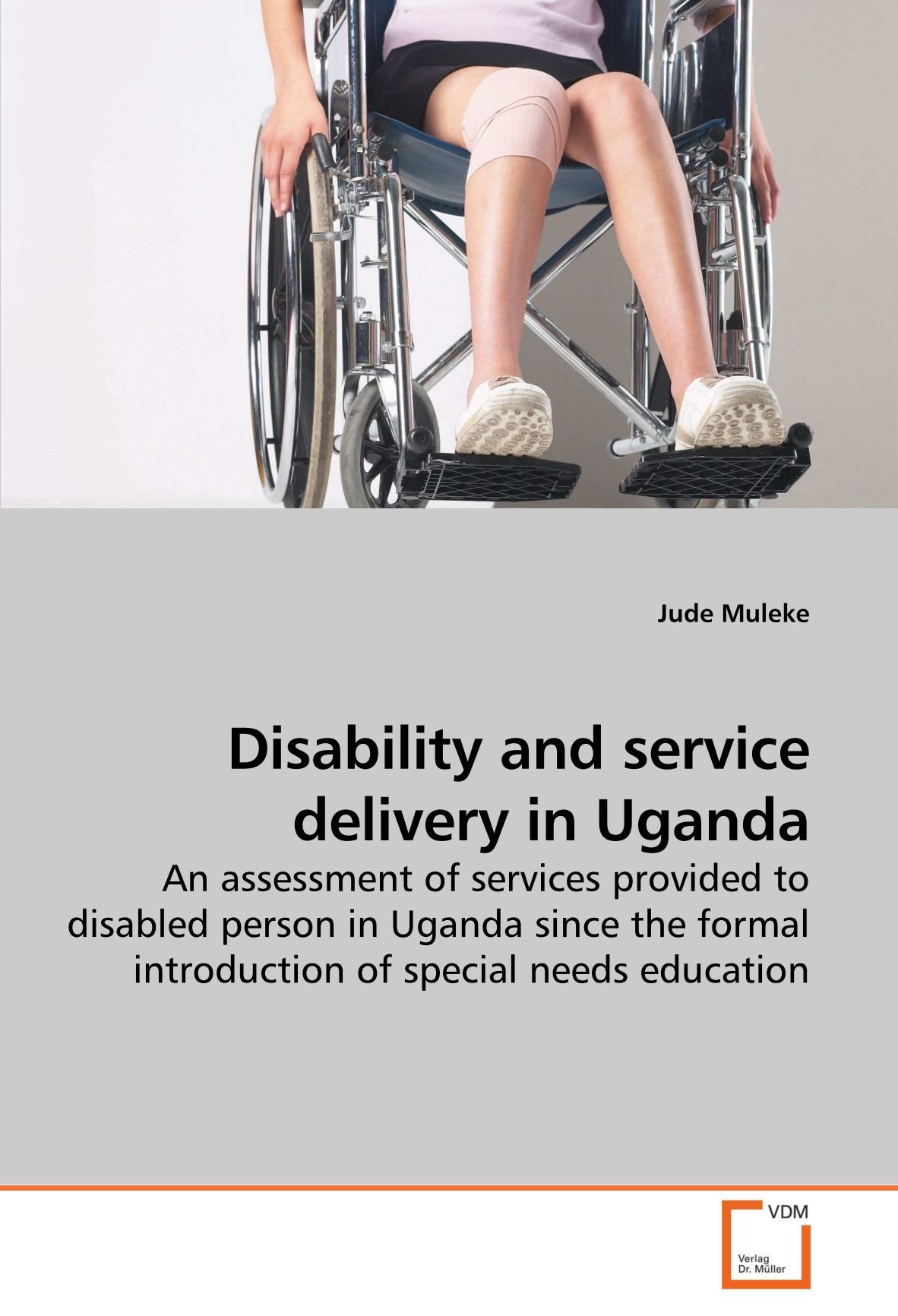Disability Awareness Week (Dawn/WD), continues the long tradition that National Access Awareness Week started to promote greater community accessibility for people with disabilities. The week’s creation coincided with the formation the National Disability Act (NDA). The purpose of the week was to increase access to libraries, and other public institutions by disabled people. However, the event is now largely celebrated for its advocacy of universal access for all. It evolved into a media-related week and featured celebrity guest-hosts like Oprah Winfrey or Julia Roberts.
Building community through disability awareness and disability etiquette

The disability services has been a great source of support for those with disabilities and their families. In addition to the seven federal statutes that it establishes, DAW encourages employers to provide reasonable accommodations for those who have difficulty with mobility, including the provision of specialized equipment or services. These accommodations must be supported and implemented by an agency third party to allow them to be recognized. In home care services Melbourne must also take action against discrimination based upon disability. Because of these two requirements, disability awareness and inclusion are more necessary now than ever before.
Building community through disability awareness and disability etiquette
The NDA provides a significant venue for individuals with disabilities to voice their concerns and petition laws and policies that would benefit them. It also serves as a vehicle for organizations to increase their disability awareness and participate. Although the week was created to raise awareness about the challenges faced by the disabled, there are signs that its momentum is expanding the range of issues that fall under the umbrella of disability awareness. A trend that was noticed following the passage and investment in disability awareness organizations was increased interest and investment.
Building community through disability awareness and disability etiquette
Increasing visibility of disability issues in the media and other arenas has had a measurable impact on the broader focus of disability awareness. It is also important for organizations that specialize on disability awareness to realize the significant cost involved in reaching those most likely be interested in their program. Some organizations engage in fundraising activities to fund activities such as trainings or conferences. Others have moved away from this level of financial support. In many cases, the push toward a financial fundraiser has been the result of a realization that a large majority of organizations’ revenue goes to support programs that directly assist people with disabilities. This has been a long-standing problem for these organizations. They need a reliable and diverse source to income.
Building community through disability awareness and disability etiquette
Many organizations that deal with disabilities have developed fundraising strategies that are more sustainable and equitable to meet the increasing demand for finance. Some go so far as to provide matching funds to organizations that adopt specific principles or those who choose to donate to specific projects. Organizations that engage in fundraising activities report greater accessibility to and greater success in reaching clients and members with special disabilities and needs. Programs to raise awareness have also proven to be highly effective at engaging members and clients who suffer from specific disabilities and needs. One program that was developed for a South Chicago Illinois nonprofit found that it saw a dramatic increase in revenue after it launched a campaign to raise funds to support a daycare for single mothers.
When it comes to disability awareness and the importance of raising awareness, there are a number of disability-specific strategies that have proven effective. Organizations that train participants on the proper use of disability etiquette found that they were able to get the appropriate response to their requests for assistance. Smaller organizations that focus on positive disability etiquette can also build a greater base of volunteers who can be contacted for assistance when needed. These organizations can show appreciation for the help of volunteers and show that they care about their program’s accessibility and success by incorporating disability awareness in all aspects of fundraising. Giving someone the opportunity to do something for themselves is a way to build trust and increase the likelihood of them returning to the organization for more fundraising events.
As stated previously, disability awareness and disability etiquette go beyond simply showing disabled people how to behave. A fundraiser or event’s success is largely dependent on the ability of the organization to reach others who may be excluded or don’t fully understand its mission. Organizations that understand disability etiquette or disability awareness offer comprehensive programs that help potential donors and volunteers to become more familiar with the dynamics and interactions of the disabled community. These programs provide information about how to build relationships with the disability community and teach disability etiquette. Disability awareness programs, for example, organize fundraisers that include harmless jokes and activities that require volunteers learn how to deal with differences. Disability awareness programs also provide information about the physical challenges that often accompany a disability, such sensory impairments, physical limitations, and the impact of aging.
These programs aim to make potential donors and volunteer feel at ease with the idea of supporting a cause that helps people with disabilities. They encourage participants to share what they learned from the event with others. Although organizations can be flexible with what they need to successfully run fundraisers, they cannot ignore disability awareness and disability etiquette. Without these two essential components, there will be no true success. Organizations that fail to integrate these important components of their cause run the risk of being seen as exclusionary and therefore alienating a very specific type of clientele. This can lead to frustration and even cause many participants to leave their fundraisers.
